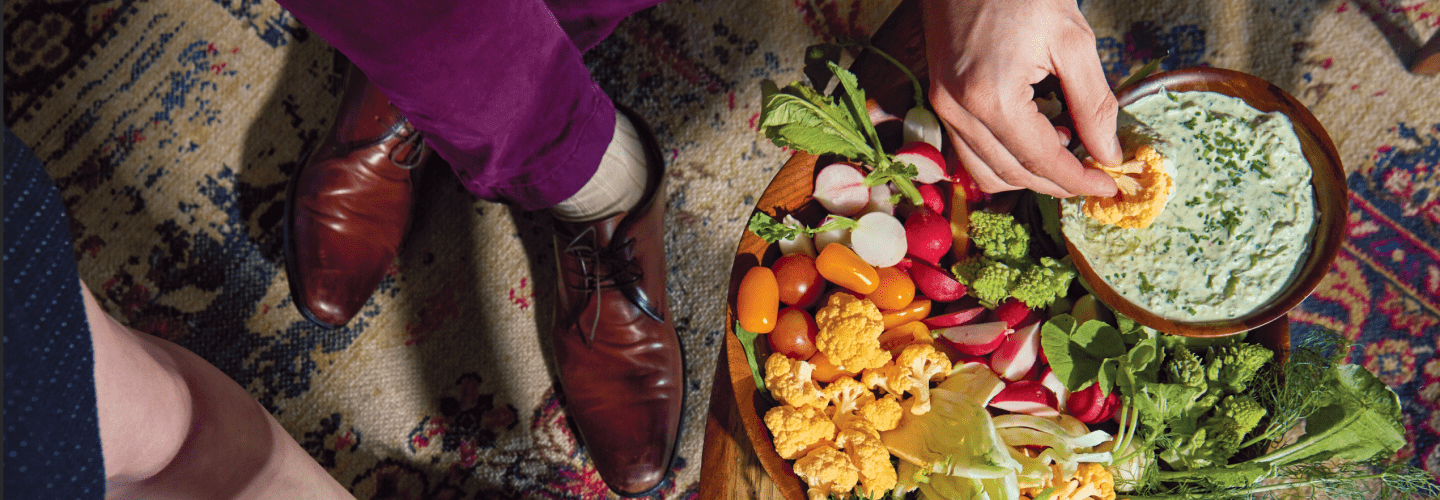With such an incredible range of global cuisines and wines to choose from, it’s challenging to find the right guide for your palate because plenty of wine pairing advice gets it all wrong. It’s not that industry professionals are trying to mislead you; the reality is there are a few factors that compromise the information that’s getting out there.
5 reasons most wine pairings get it wrong
What wine should you serve with dinner? It’s a nightly question that isn’t always adequately addressed by the suggestions you will find in most wine publications

1) Wine pros might blind-taste wines, but they rarely blind-taste pairings.
Blind-tasting wines is a big part of wine industry events, as well as educational certification. When wine pros are blind-tasting, they can’t see the labels on the bottles. This way, there’s little chance that their opinions of a wine can be prejudiced by what they know about the producer, region, grape, or winemaking techniques. However, blind-tasting sessions never include pairings, and in fact, rarely even include food. For most sommeliers, once food is in the picture, they’re pairing wines from their cellar with the dishes on their chef’s menu, and they’re not doing that blind. It’s difficult for them in that situation to make an unbiased assessment of what wines are working or not working in a pairing with a dish.
2) Sommeliers never have the time and space to taste an extensive range of wines paired with specific dishes.
There are only so many hours in the day. Sommeliers and wine directors simply don’t have the bandwidth for a daily sit down to discover just how many wines might make the perfect pairing for a host of select dishes on their menus. In the essence of time, they often have to make decisions based on theoretical knowledge alone.
“The best way to find great wine pairings is to experiment and learn. It’s important to understand that there may be several right answers.”
3) Journalists depend on trends.
Wine writers often rely on what’s hot and new in the industry when they prepare articles about anything, including pairings. And unless they’re taking notes and keeping searchable and sortable logs of all the pairings they’ve done in the past, they often simply suggest wines they’ve had recently when the need arises to write about pairings. It would be unusual for a wine writer to create dishes to pair with the wine (or wines) they’re writing about, or to open several bottles to attempt to find a great pairing for the food they’re covering.
4) There always seems to be assumptions that prejudiced decisions.
Remember this oldie but goodie: White wine with fish, red wine with meat? Or how about: What goes together, grows together, meaning if you’re eating Greek food, then you should only drink Greek wine. The problem with wine pairing adages is that they ignore the vast realm of possibility. “The idea of food and wine pairing is often rooted in traditional dishes and traditional classic wine styles,” explains Michael Dolinski, the wine director at Junoon and Portale in New York. “Someone a hundred years ago found a great pairing, and now we take it as some sort of gospel as the way pairings work. This totally underestimates the evolution of cuisine and winemaking, and the emergence of new wine regions and styles. The best way to find great pairings is to experiment and learn.”
5) There’s always actually more than one ideal pairing, and it’s influenced by personal preference.
Wine pairing options run the gamut, and it takes extensive research to discover the best picks. “It’s important to understand that there may be several right answers,” says Dolinski. “No matter how much the pairing can work or not, you wouldn’t eat a dish you don’t like—and likewise, you shouldn’t feel somehow obliged to drink a wine that you don’t like. So finding wine and food where you like both individually will make the success of pairing that much more satisfying.”
